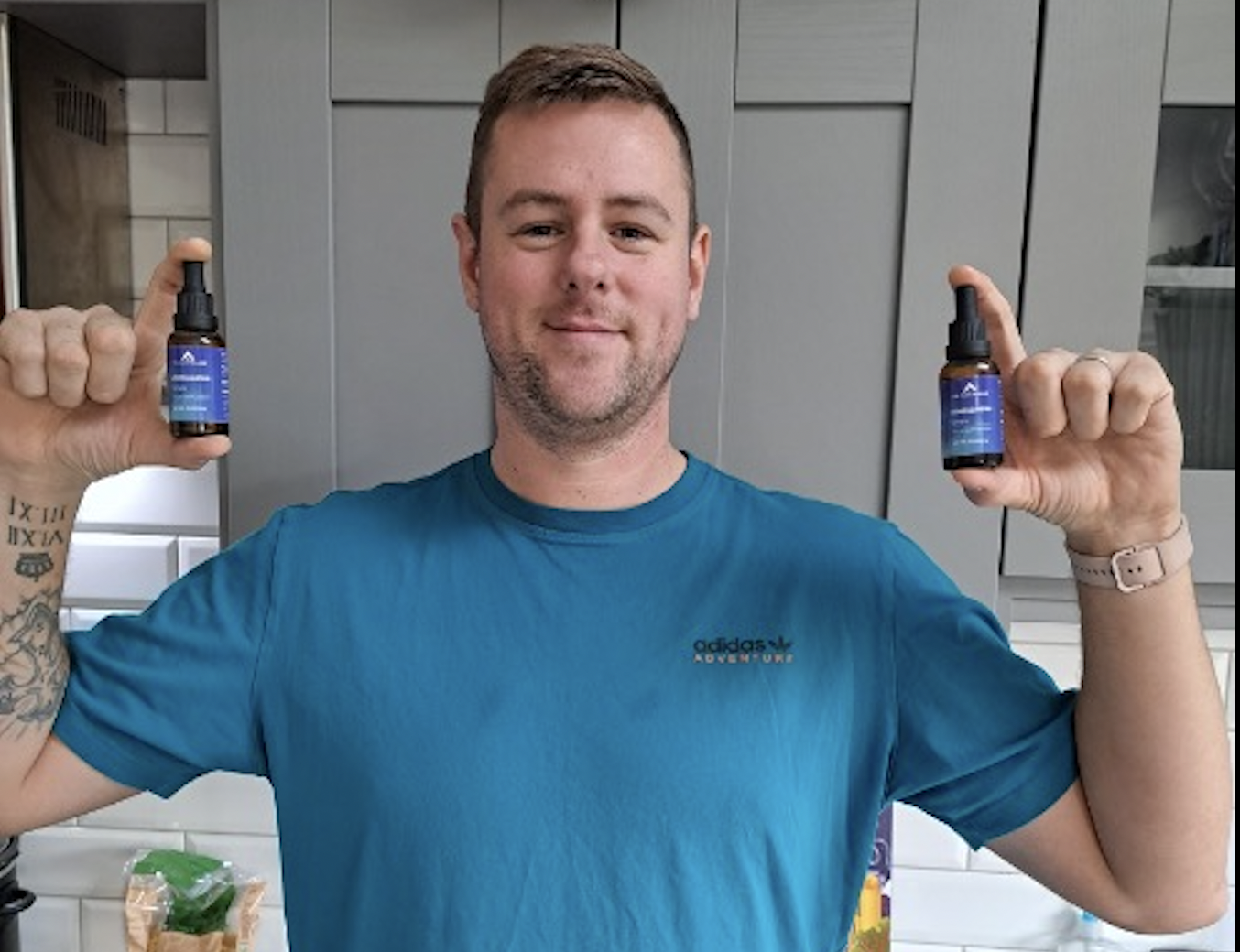Chronic pain is estimated to have become a major public health issue in Ireland in 2024, with one in five people experiencing it. According to the Irish Pain Society, more than one in five adults experience chronic pain, which affects their quality of life in many ways.
This common problem results in physical pain and emotional pain too, which may affect a person’s performance at work, interaction with other people, and their personal life.
It has become vital to find better pain relief options as patients look for alternatives to traditional drugs that come with several adverse effects.
Chronic pain is a long-lasting pain that can take many forms such as arthritis, back pain and many others. The condition is not merely a medical condition but a condition that defines the life of the patient and needs a holistic approach towards its treatment. For many people, the challenge is to find a balance between pain control and the ability to live a somewhat normal life.
Conventional management measures such as drugs help to alleviate the symptoms but are associated with side effects and drug dependence. Here, we present five evidence-based strategies for coping with pain, offering a comprehensive guide to improving your quality of life.
5 WAYS TO DEAL WITH PAIN
Pain management is a significant branch of healthcare that impacts the lives of millions of people globally. Pain management is crucial whether one is experiencing long-term pain due to conditions such as arthritis or short-term pain from injuries or surgeries. This article examines five ways of dealing with pain and ends with a powerful product suggestion.
1. PHYSICAL THERAPY
Physical therapy is one of the most important non-pharmacological treatments for pain relief, particularly for chronic musculoskeletal pain. Techniques that may be employed by therapists include stretches, muscle building exercises, and manual therapy in a bid to enhance mobility and reduce pain.
The American Physical Therapy Association states that specific exercise regimens may help decrease pain and enhance mobility in conditions like lower back pain, arthritis, and many others.
2. HEAT & COLD THERAPY
Heat and cold therapy are two of the most basic yet effective strategies in pain management. Heat therapy entails the use of heat on the targeted area to relieve muscle spasms, enhance blood flow, and alleviate pain.
It is especially helpful for people with chronic diseases like arthritis or muscle soreness. However, cold therapy involves using ice packs or cold compresses to alleviate inflammation, alleviate severe pain, and reduce swelling, which is suitable for acute injuries such as sprains or strains.
Another type of cold therapy that is gaining more and more popularity is sea swimming, especially in the cold waters of Ireland. Sea swimming puts the body in contact with cold water, which has numerous benefits to the body including reducing inflammation and pain.
This practice, also known as cold water immersion, has been known to have several other health benefits apart from helping in pain relief.
3. MINDFULNESS & MEDITATION
Mindfulness and meditation are effective in pain control because they can change the perception of pain. Intervention techniques like guided imagery, mindfulness based stress reduction, and yoga are found to reduce pain and enhance mood in patients with different types of chronic pain.
According to a study conducted in the Journal of Behavioral Medicine, mindfulness meditation helped to decrease chronic pain by 57%, and in some patients, it lessened the pain by 90%.
4. ADEQUATE SLEEP
Pain management is greatly enhanced by the process of sleep. Lack of sleep will also worsen the pain and make the patient more sensitive to pain. On the other hand, positive sleep hygiene practices can improve the efficacy of other pain control measures.
The Sleep Foundation states that setting a regular sleep routine and ensuring a comfortable sleeping environment are effective ways of enhancing sleep quality and diminishing pain.
5. CBD OIL
CBD oil is becoming more popular as a natural pain relief option in Ireland. CBD is a compound that is derived from the hemp variety of the cannabis plant and can modulate the activity of the Endocannabinoid System. This system is responsible for regulating many functions such as stress responses, pain responses, sleep patterns and more.
High-quality, lab-tested products like those from us here at Dr. Hemp Me could be a helpful supplement to add to a pain management plan. Our Recovery Bundle comprises of our 30% CBD Oil plus an additional free jar of CBD Tiger Balm – a topical ointment to apply to directly to the points of discomfort.
Some of the many studies around CBD and pain management include a 2018 systematic review in the Frontiers in Pharmacology, which claimed that CBD is useful in treating different types of chronic pain without the side effects of conventional pain medication.
Same goes for another 2024 systematic review in the Pain Management Nursing journal, which indicates the majority of studies show a 42% – 66% decrease in pain with CBD use alone. We have also amassed a large number of testimonials and anecdotal evidence in support of CBD use for pain relief and inflammation from real men and women who use our supplements regularly.
READ MORE: WORLD ENVIRONMENT DAY SPOTLIGHT
CONCLUSION
Pain management is not a one-size-fits-all approach; it is a process that involves the use of multiple strategies to address the problem. From exercises, heat and cold therapies to meditation, sleep and even emerging supplements such as CBD oil, the solution to pain management is in the comprehensive approach.
As a rule, it is recommended to select only high-quality, lab-tested products, especially when it comes to supplements such as CBD oil. More and more patients with chronic pain are seeking ways that can help them relieve the pain without causing side effects.
Whether this is through physical exercises, changes in diet and lifestyle, or using natural remedies such as CBD oil, the aim is to reduce pain and improve the quality of life.
It is important to note that these methods can be used on their own but using them in a combination as a pain management plan is more effective for most patients. It is advisable to seek advice from the doctors to come up with the best pain management plan that suits your condition.
REFERENCES
- Şahin, Nilay et al. (2017) “Effectiveness of physical therapy and exercise on pain and functional status in patients with chronic low back pain: a randomized-controlled trial.” Turkish journal of physical medicine and rehabilitation.
- Xiao, Feiyan et al. (2023) “Effects of cold water immersion after exercise on fatigue recovery and exercise performance–meta analysis.” Frontiers in physiology.
- Knechtle, Beat et al. (2020) “Cold Water Swimming-Benefits and Risks: A Narrative Review.” International journal of environmental research and public health.
- Zeidan, Fadel, and David R Vago. (2016) “Mindfulness meditation-based pain relief: a mechanistic account.” Annals of the New York Academy of Sciences.
- Mlost, Jakub et al. (2020) “Cannabidiol for Pain Treatment: Focus on Pharmacology and Mechanism of Action.” International journal of molecular sciences




















